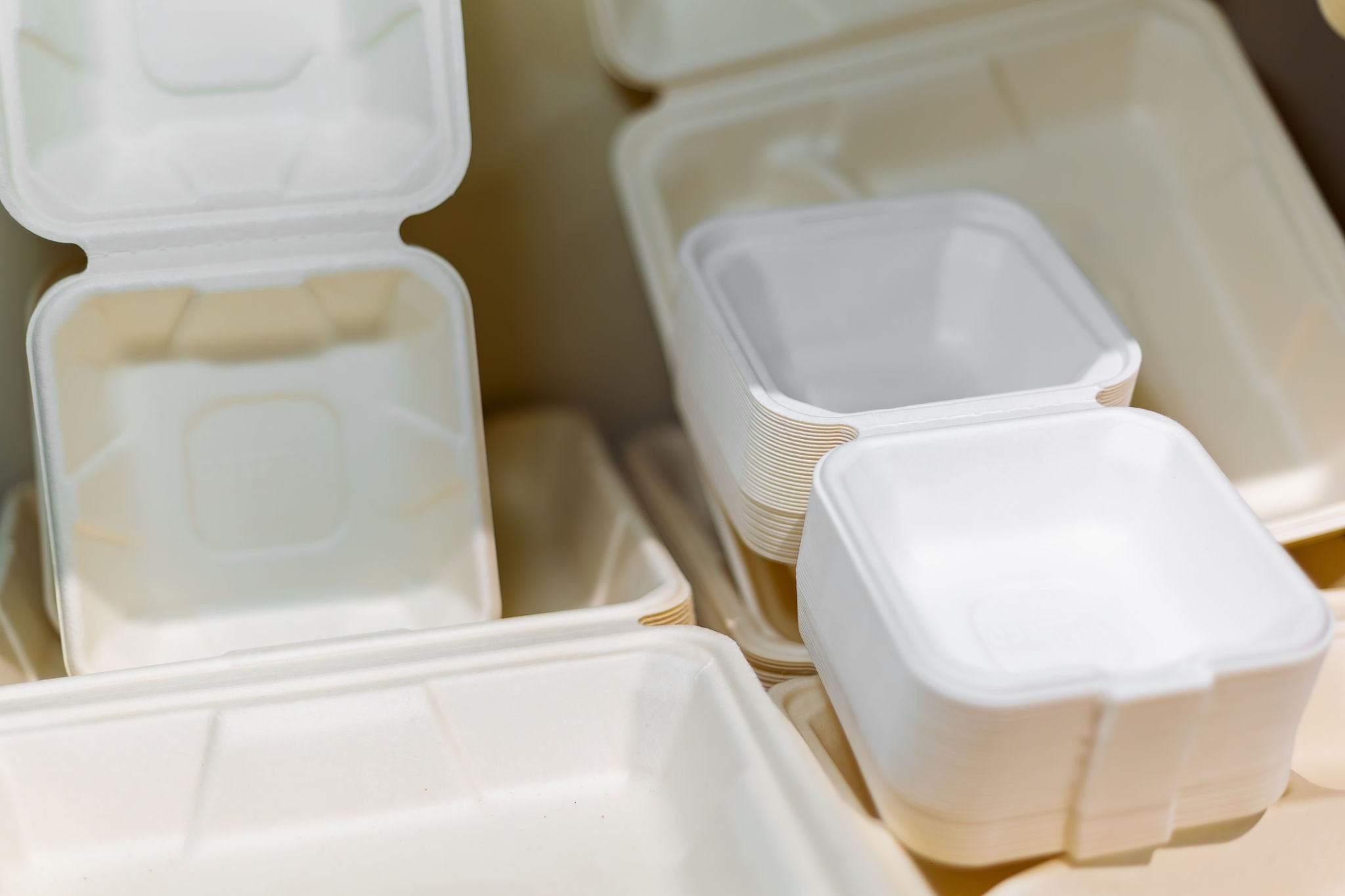Innovations in Sustainable Catering Packaging: What You Need to Know
Understanding the Importance of Sustainable Catering Packaging
In today's environmentally conscious world, the demand for sustainable practices has reached every industry, including catering. Catering companies are now focusing on minimizing their ecological footprint by adopting innovative packaging solutions. This shift not only reflects a commitment to the environment but also appeals to a growing base of eco-aware consumers.
The catering industry has traditionally relied on disposable packaging, contributing significantly to waste. However, innovations in sustainable packaging are paving the way for more responsible alternatives. By embracing these changes, catering businesses can play a crucial role in reducing environmental impact.

Biodegradable and Compostable Materials
One of the most promising developments in sustainable catering packaging is the use of biodegradable and compostable materials. These alternatives break down naturally, reducing landfill waste and environmental harm. Materials such as PLA (polylactic acid), derived from corn starch, are popular options due to their compostability and versatility.
Compostable packaging not only benefits the environment but also enhances a brand's image. By choosing biodegradable options, catering companies can showcase their commitment to sustainability and attract eco-conscious clientele.
Benefits of Compostable Packaging
- Reduces landfill waste
- Minimizes carbon footprint
- Appeals to environmentally conscious consumers

Edible Packaging: A Tasty Solution
Edible packaging is an innovative approach that eliminates waste altogether. This concept involves creating packaging from edible materials such as seaweed, rice paper, or even certain types of starches. Not only does this reduce waste, but it also adds an interactive and novel element to the dining experience.
While still in its early stages, edible packaging represents a significant step forward in sustainable practices. As technology advances, we can expect to see more widespread adoption of these tasty solutions in the catering industry.
Reusability: The Circular Economy Approach
Another innovation in sustainable catering packaging is the shift towards reusability. By using durable materials designed for multiple uses, the catering industry can reduce the need for disposable products. This approach aligns with the principles of the circular economy, promoting sustainability through resource efficiency.
Catering companies can implement reusable packaging systems by offering incentives for returning containers or employing deposit schemes. This not only fosters sustainability but also encourages customer loyalty and engagement.

Challenges and Future Directions
While the strides made in sustainable catering packaging are commendable, challenges remain. Cost barriers, availability of materials, and consumer behavior are some hurdles that need addressing. However, ongoing research and development are paving the way for more cost-effective and accessible solutions.
The future of sustainable catering packaging looks promising, with continuous innovations poised to transform the industry. As consumers become increasingly concerned about environmental impact, catering businesses have a unique opportunity to lead by example and drive positive change.